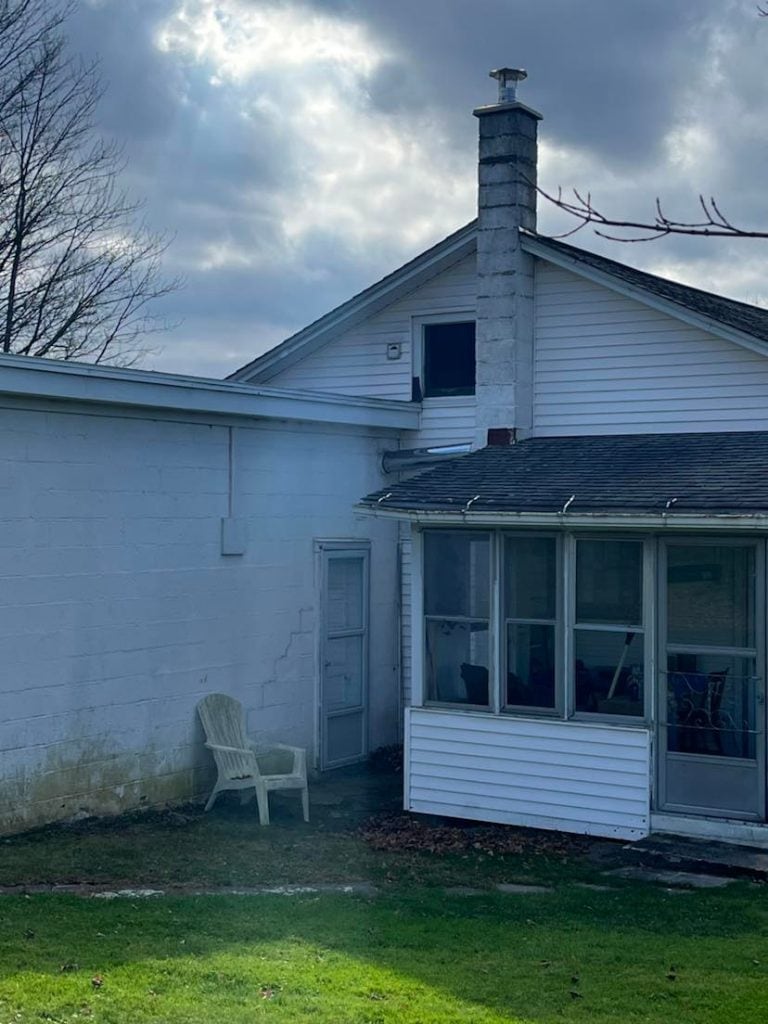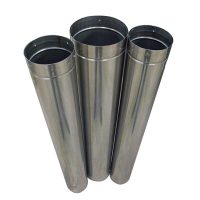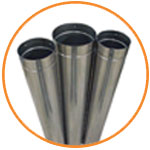Rigid vs Flexible Chimney Liner
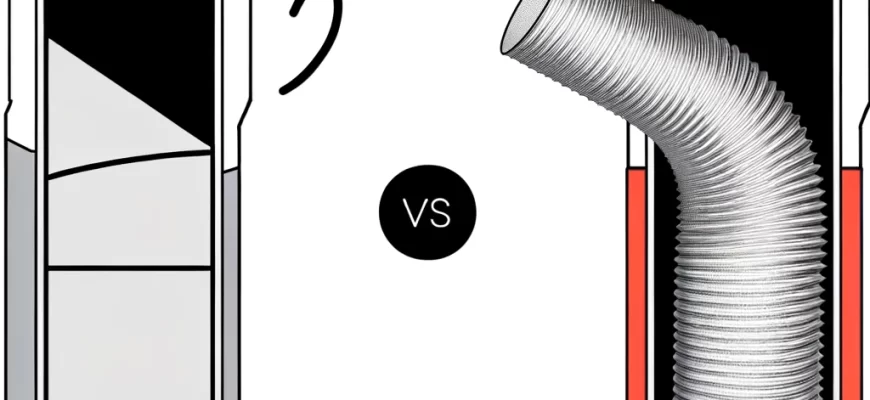
When it comes to ensuring the safety and efficiency of your chimney, selecting the right type of liner is crucial. Chimney liners serve to protect your home from heat transfer and prevent the accumulation of hazardous gases. Among the options available, stainless steel liners stand out for their durability and effectiveness. However, within this category, you must choose between rigid and flexible liners. This article will delve into the differences between rigid and flexible chimney liners, helping you make an informed decision based on your specific needs.
Understanding Rigid Chimney Liners
Rigid chimney liners are made from solid, straight sections of stainless steel and are best suited for chimneys with a straight path without any offsets or significant bends.
Advantages:
Durability: Rigid liners are incredibly durable and resistant to corrosion and heat, making them ideal for wood-burning appliances.
Efficiency: They offer a smooth interior surface that improves airflow and draft, enhancing the efficiency of your heating appliance.
Longevity: With proper maintenance, rigid liners can last for decades, providing a long-term solution for your chimney.
Disadvantages:
Installation Challenges: Rigid liners can be difficult to install in chimneys with bends or offsets. The installation process may require more extensive modifications to the chimney structure.
Cost: Due to their durability and material quality, rigid liners can be more expensive upfront than their flexible counterparts.
Understanding Flexible Chimney Liners
Flexible chimney liners, on the other hand, are made from corrugated stainless steel that can bend and adjust to the contours of your chimney. This flexibility makes them suitable for chimneys with bends, offsets, or irregular shapes.
Advantages:
Versatility: Flexible liners can be maneuvered through complex chimney structures, making them ideal for retrofitting older chimneys that do not have a straight path.
Ease of Installation: The flexibility of these liners significantly simplifies the installation process, often resulting in lower labor costs.
Adaptability: They can accommodate the expansion and contraction caused by temperature changes, reducing the risk of damage over time.
Disadvantages:
Maintenance: The corrugated interior surface can accumulate creosote and soot more easily than the smooth surface of rigid liners, potentially requiring more frequent cleaning.
Durability: While still highly durable, flexible liners may not last as long as rigid liners in certain conditions, especially when used with high-temperature appliances like wood stoves.
Choosing Between Rigid and Flexible Liners
The choice between rigid and flexible chimney liners depends on several factors:
Chimney Structure: If your chimney is straight without any offsets, a rigid liner may be the best option. For chimneys with bends or irregular shapes, a flexible liner will be necessary.
Type of Appliance: Wood-burning appliances that produce high temperatures and corrosive by-products may benefit more from the durability of rigid liners. Flexible liners, however, can be a good choice for gas or oil appliances.
Installation Considerations: If ease of installation and lower initial costs are priorities, flexible liners offer advantages. For those focusing on long-term durability and performance, rigid liners may be preferable.
Conclusion
Both rigid and flexible chimney liners have their place in maintaining the safety and efficiency of your chimney system. Your specific situation—considering your chimney’s architecture, the type of fuel you use, and your budget—will determine the best option for you. Regardless of your choice, ensuring that your chimney liner is correctly installed and regularly maintained is key to protecting your home and ensuring the efficient operation of your heating appliance.
Why Choose Stainless Steel Chimney Liner
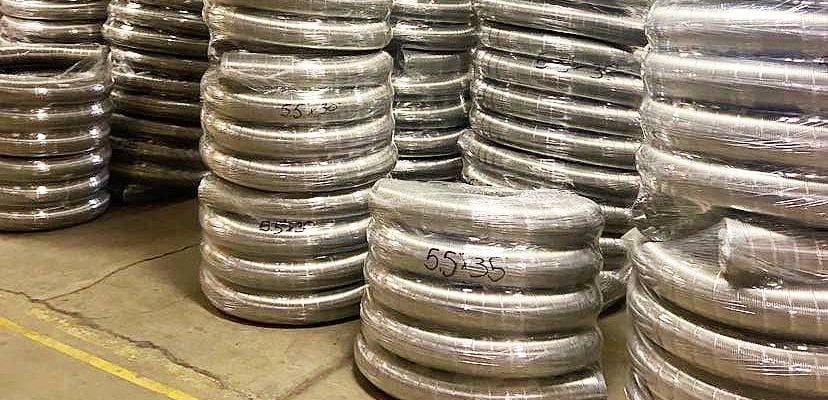
Choosing the right material for your chimney liner is crucial for the safety, efficiency, and longevity of your chimney system. Among the various options available, stainless steel stands out as the premier choice for homeowners and professionals alike. This article explores the compelling reasons why a stainless steel chimney liner is often the best option for your home.
Durability and Longevity
One of the most significant advantages of stainless steel chimney liners is their exceptional durability. Stainless steel is highly resistant to corrosion and rust, which are common issues with other materials exposed to the harsh conditions inside a chimney. This resistance ensures that your stainless steel liner can withstand the acidic by-products of combustion, moisture, and extreme temperatures without deteriorating over time. As a result, stainless steel liners often come with longer warranties, some extending for the lifetime of the liner, providing peace of mind and reducing long-term costs.
Improved Safety
Safety is a paramount concern when it comes to chimney operation. Stainless steel chimney liners provide a secure conduit for harmful gases produced during combustion to exit your home. Their robust construction minimizes the risk of cracks and gaps that can occur in older clay tile liners, significantly reducing the likelihood of carbon monoxide leakage or chimney fires. By maintaining a consistent flue size and smooth surface, stainless steel liners also improve draft, further enhancing the safe operation of your fireplace or stove.
Versatility
Stainless steel liners are suitable for all types of fuels, including wood, gas, oil, and coal. This versatility makes them an ideal choice for any heating appliance, whether you are installing a new system or upgrading an existing one. Additionally, stainless steel liners can be fitted into any chimney, regardless of its shape or size, thanks to flexible and rigid options. This adaptability ensures that homeowners can benefit from the advantages of a stainless steel liner, no matter their specific requirements.
Energy Efficiency
Installing a stainless steel chimney liner can enhance the energy efficiency of your heating system. The smooth interior surface of stainless steel improves airflow and reduces the buildup of creosote, ensuring that your fireplace or stove operates more efficiently. This can help in reducing fuel consumption and lowering heating costs. Furthermore, the tight seal formed by a properly installed stainless steel liner prevents heat loss, keeping your home warmer during the colder months.
Ease of Maintenance
The maintenance of a chimney liner is critical for its performance and safety. Stainless steel liners are easier to clean compared to other materials, as their smooth surface allows for the efficient removal of soot and creosote. This ease of maintenance not only simplifies the cleaning process but also contributes to the overall safety and efficiency of your chimney system.
Conclusion
Choosing a stainless steel chimney liner offers numerous benefits, including durability, safety, versatility, energy efficiency, and ease of maintenance. These advantages make stainless steel an ideal material for homeowners seeking to enhance the performance and safety of their chimney systems. With its long-term value and proven performance, a stainless steel chimney liner is an investment in the safety and comfort of your home.
Chimney Liner Depot offers the best price on Stainless Steel Chimney Liners because we own the factory that manufactures them, ensuring no middlemen inflate your costs.
The Essential Guide to Chimney Top Plates: Ensuring Safety and Efficiency
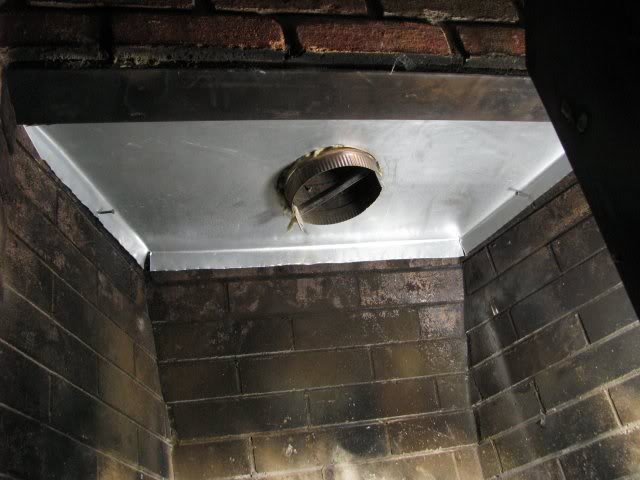
A well-functioning chimney is crucial for maintaining the safety and efficiency of any fireplace or wood-burning stove. Among the various components that make up a chimney system, the chimney top plate plays a significant role in protecting your home from external elements while allowing for proper ventilation. In this article, we will explore the importance of a chimney top plate, its functions, and why investing in a high-quality product is essential. If you’re looking to enhance your chimney’s performance, read on!
Understanding the Chimney Top Plate:
The chimney top plate, also known as a chimney cap or chimney crown, is a protective covering that sits at the topmost part of a chimney. It serves as a barrier against rain, snow, debris, and animals, preventing them from entering the chimney and causing potential damage. Furthermore, a well-designed chimney top plate also facilitates proper airflow, preventing downdrafts and ensuring efficient ventilation.
Functions and Benefits:
Weather Protection: The primary purpose of a chimney top plate is to shield your chimney from the elements. Rainwater and melting snow can cause significant damage to the interior of your chimney, leading to costly repair. By installing a top plate, you can prevent water entry, preserving the structural integrity of your chimney and avoiding potential leaks.
Debris and Animal Prevention: Leaves, twigs, and other debris can find their way into an unprotected chimney, creating blockages and reducing airflow. Additionally, birds, squirrels, and other small animals may attempt to build nests in chimneys, posing a fire hazard. A chimney top plate acts as a barrier, preventing debris and animals from entering your chimney, ensuring a clear and safe passage for smoke and gases.
Increased Ventilation Efficiency: Proper ventilation is crucial for maintaining optimal performance and preventing harmful gases, such as carbon monoxide, from accumulating in your home. A well-designed chimney top plate helps create a balanced airflow, reducing the likelihood of downdrafts and improving overall ventilation efficiency.
Invest in Quality:
When it comes to chimney top plates, investing in a high-quality product is of utmost importance. Opting for a durable and well-constructed chimney top plate ensures long-lasting protection for your chimney and reduces the need for frequent replacements or repair.
At Chimney Liner Depot, we take pride in manufacturing top-quality chimney top plates that guarantee superior performance and longevity. As the owners of the factory where our products are made, we have full control over the manufacturing process, ensuring strict quality control measures are followed. By choosing our chimney top plates, you can trust that you are investing in a product that will enhance the safety and efficiency of your chimney for years to come.
A chimney top plate is an essential component of any chimney system, providing protection against the elements, preventing debris and animals from entering, and improving ventilation efficiency. To ensure maximum safety and longevity for your chimney, it is crucial to invest in a high-quality chimney top plate. At Chimney Liner Depot, we offer top-of-the-line chimney top plates, manufactured with the utmost care and quality control. Purchase our chimney top plates today, and rest assured that your chimney will receive the protection it deserves. Quality guaranteed, as we proudly own the factory where our products are made.
Checkout our complete list of Top Plate products.
If you need assistance with the installation of your chimney top plate, don’t hesitate to contact Spring Hill Chimney, your trusted experts in chimney services
Chimney Repair – NEPA, Scranton, Moscow, Gouldsboro, Dupont, Wilkes Barre
If your chimney needs to be cleaned and you live in Scranton, Pennsylvania, you can rely on Spring Hill Chimney Service. They’re a full-service chimney company that can handle projects of all sizes. They’re proud of their work and they’ll always make sure you’re happy with the service you receive.
At their company, they specialize in installing stainless steel chimney liners. What makes them unique is that they have their own factory where they make all the stainless steel chimney liners and components they install. If you want to see for yourself how their chimney liners are the best quality and value, just ask to see some samples.
They install high-quality stainless steel chimney liners.
If you need to get your chimney fixed in Olyphant, PA, Spring Hill Chimney Service is the best company to call! They’ll make sure your chimney is repaired quickly and efficiently.
They can make anything you want out of metal!
CHIMNEY REPAIR SERVICES:
Chimney Repairs of all kinds
Stainless Steel Chimney Relining
Chimney Cleaning
Chimney Inspections
Fireplace or Chimney Troubleshooting
Chimney Waterproofing
Chimney Caps
Custom Stainless Chase Top Installation
New Chimneys Built / Chimney Installation
Firebox Rebuilds
Smoke Chamber Repair
Chimney Removal


